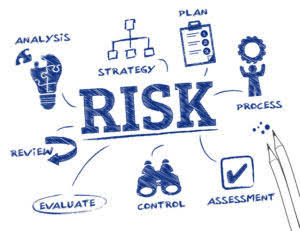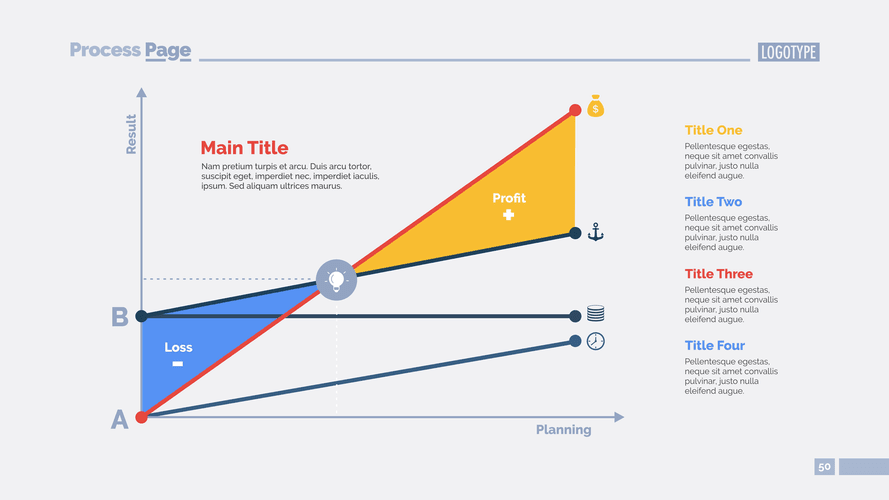
Instead of deducting the full cost upfront, businesses spread the deduction over time through capitalization and depreciation, aligning with IRS policies. Expenditures are investments in physical assets—such as property, equipment, and buildings—that provide benefits over multiple years. These costs enhance operational capacity and efficiency, making them long-term investments rather than immediate expenses. Net income is then used to calculate earnings per share (EPS) using the average shares outstanding, which are also listed on the income statement. EPS is calculated by dividing the net income figure by the number of weighted average shares outstanding.

Is there a difference between an income statement and a profit and loss statement?
- Total compensation may include other benefits, such as retirement contributions, health insurance, or life insurance.
- GAAP ensures consistency and comparability across businesses, making it easier for investors and other stakeholders to understand your financial statements.
- This can be used for comparison across different businesses and sectors.
- Another option is to look for a new job that pays more and gives you room in your budget.
- Economic growth can also affect both income and expenditure, as it can increase the availability of jobs and income, but also lead to higher costs.
- Unlike expenses, expenditures often involve significant investments that enhance your business’s long-term capabilities.
Understanding the distinction between expenditures and expenses directly affects your financial reporting, tax planning, and business growth strategy. Capital expenditures (CapEx) represent those major investments in physical assets—property, buildings, or equipment. These purchases aren’t just costs; they’re investments that contribute to revenue generation over time and expand your production capacity. Primary-activity expenses form the backbone of your operating expenses—these are the necessary payments that generate your core revenue. Think employee wages, sales commissions, utilities, and transportation.

Revenue Section
Both expenses and income must be carefully managed to achieve financial success. In conclusion, income refers to the money received by an organization or individual. Understanding the different types of income Grocery Store Accounting and the importance of effective income management is critical for achieving financial success. Income refers to the money received by an organization or individual. This can come in the form of sales revenue, interest, dividends, or other sources of revenue. Income is added to the balance sheet to increase the organization or individual’s financial position.

Why differentiating expense vs expenditure matters

Like revenue accounts, expense accounts are temporary accounts that collect data for one accounting period and are reset to zero at the beginning of the next accounting period. Expenses are expenditures, often monthly, that allow a company to operate. Examples of expenses are office supplies, utilities, rent, entertainment, and travel. Income is money the what are retained earnings business earns from selling a product or service, or from interest and dividends on marketable securities. Other names for income are revenue, gross income, turnover, and the “top line.” Having a good understanding of the account types is necessary for anyone creating accounts, posting transactions and journal entries, or reading financial reports.
- Primary-activity expenses form the backbone of your operating expenses—these are the necessary payments that generate your core revenue.
- In conclusion, income and expenditure are two critical concepts in economics that affect individuals, businesses, and governments.
- Comparing these numbers, you can see that just over 30% of Microsoft’s total sales went toward costs for revenue generation.
- The tax implications of expenses and income differ, with expenses typically reducing taxable income, while income is subject to federal and state income taxes.
- Investment income is earned from investments in financial instruments, such as stocks and bonds, while other income includes gains from one-time events or transactions.
- This includes expenses related to vacations, hobbies, and entertainment, but also the more expensive or extravagant versions of your needs.
Revenue Recognition Changes
- By understanding the relationship between income and expenditure, individuals and organizations can make informed decisions that lead to financial stability and success.
- Expenses are costs for items or resources that are used up or consumed in the course of daily living.
- In turn, the skills needed and the attractiveness of the work determine the supply of labor for that particular job—the number of people who could and would want to do the job.
- For example, the market for real estate, modern art, sports memorabilia, or vintage cars can be a buyers’ market if there are more sellers than buyers.
- Understanding the different types of expenses and income is critical for effective financial planning and management.
Understanding the different types of income and their sources is essential for individuals and organizations to manage their finances effectively. By keeping track of their income and its sources, individuals and organizations can make informed decisions that lead to financial stability and success. In conclusion, income and expenditure are two critical concepts in economics that affect individuals, businesses, and governments.
This can include the cost of goods sold, salaries, rent, and other operating costs. The income statement vs profit and loss discussion often leads to questions about how it compares to other financial statements. Expenses are costs that keep your business running day-to-day, while expenditures typically represent larger investments that deliver value expenses vs liabilities over multiple accounting periods. The most common type of income is earnings from a job, but other forms of income include interest (such as from a savings account) and investment earnings.
It is also important to try to save money so that you can pay for unexpected expenses (like a visit to the doctor). You can also decide which of your expenses are high and low priority. For example, if you are running low on money at the end of a month, buying food is more important, or of higher priority, than buying music CDs or going to the movies.
This will be used to determine how much you “need” each month just to get by. So let’s discuss this little thing we call the cash flow statement – or commonly called the statement of cash flows. You always want to make a choice that will create more value than cost, and so you always want the opportunity cost to be less than the benefit from trade. You bought the jacket instead of the boots because you decided that having the jacket would bring more benefit than the cost of not having the boots. You believed your benefit would be greater than your opportunity cost. Figure 2.3 “Budget Deficit” shows the choices created by a budget deficit.

A company’s working capital is the difference between its current assets and current liabilities. Managing short-term debt and having adequate working capital is vital to a company’s long-term success. Your ability to sell labor and earn income reflects your situation in your labor market. Earlier in your career, you can expect to earn less than you will as your career progresses. Most people would like to reach a point where they don’t have to sell labor at all.
